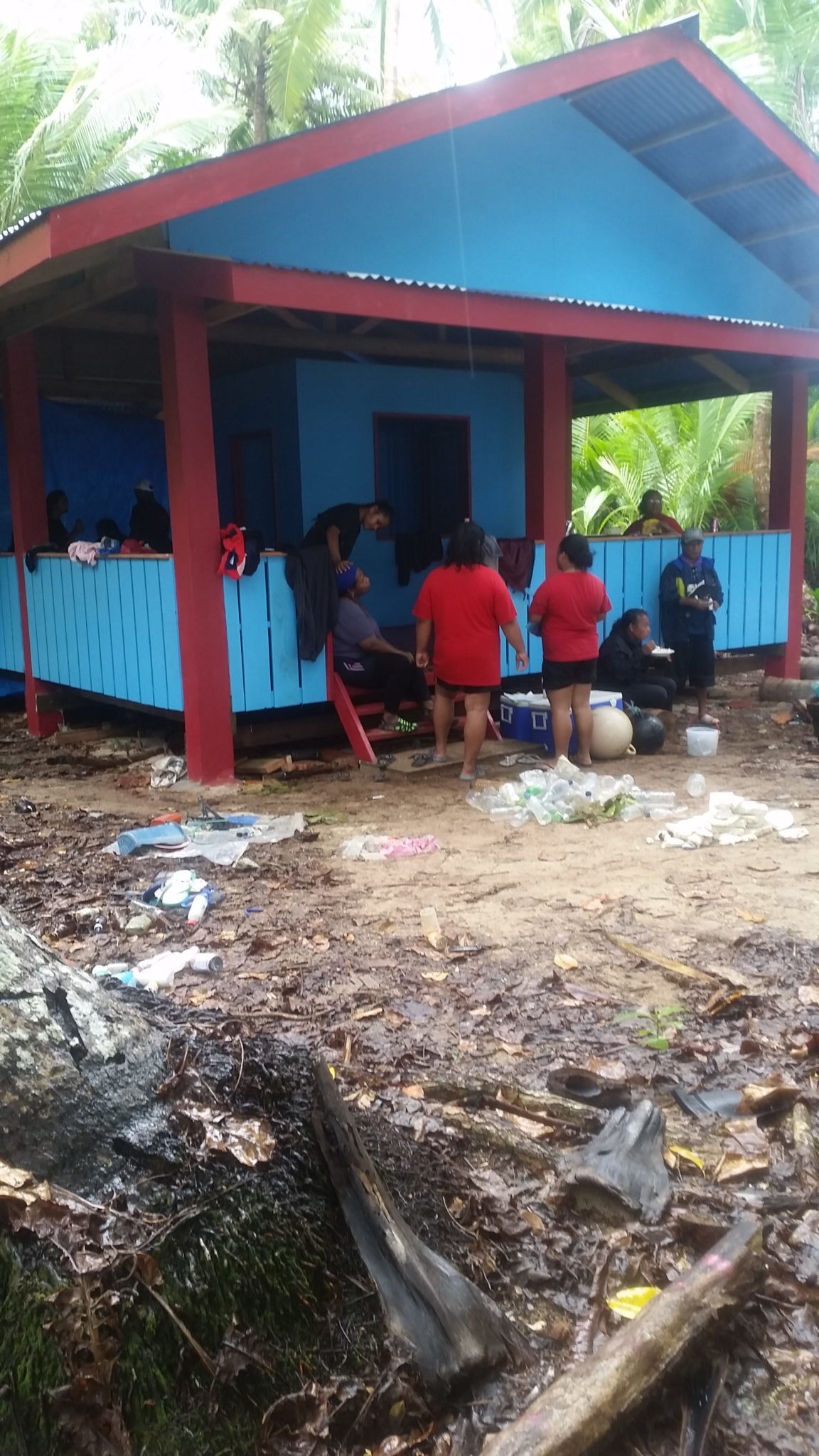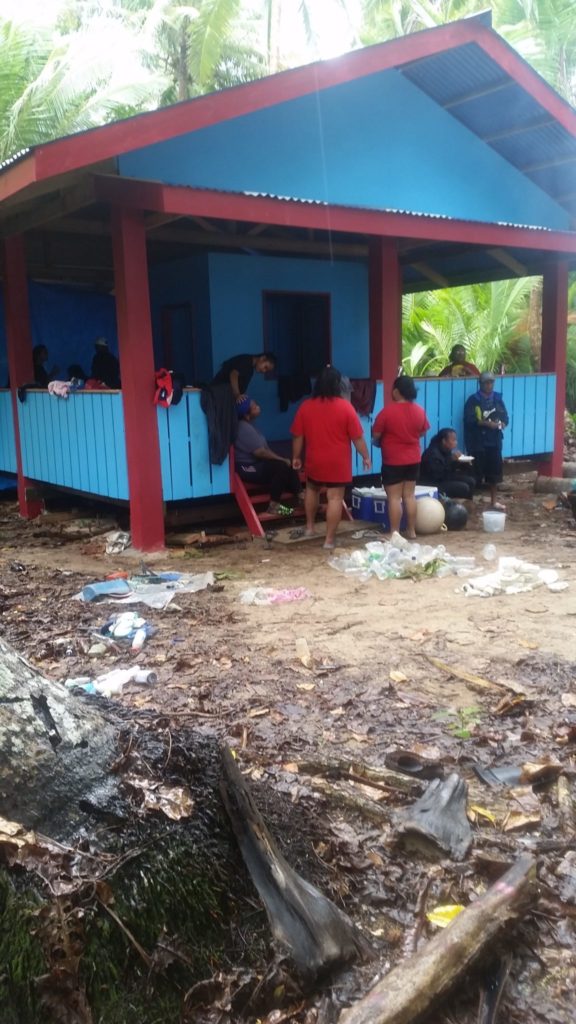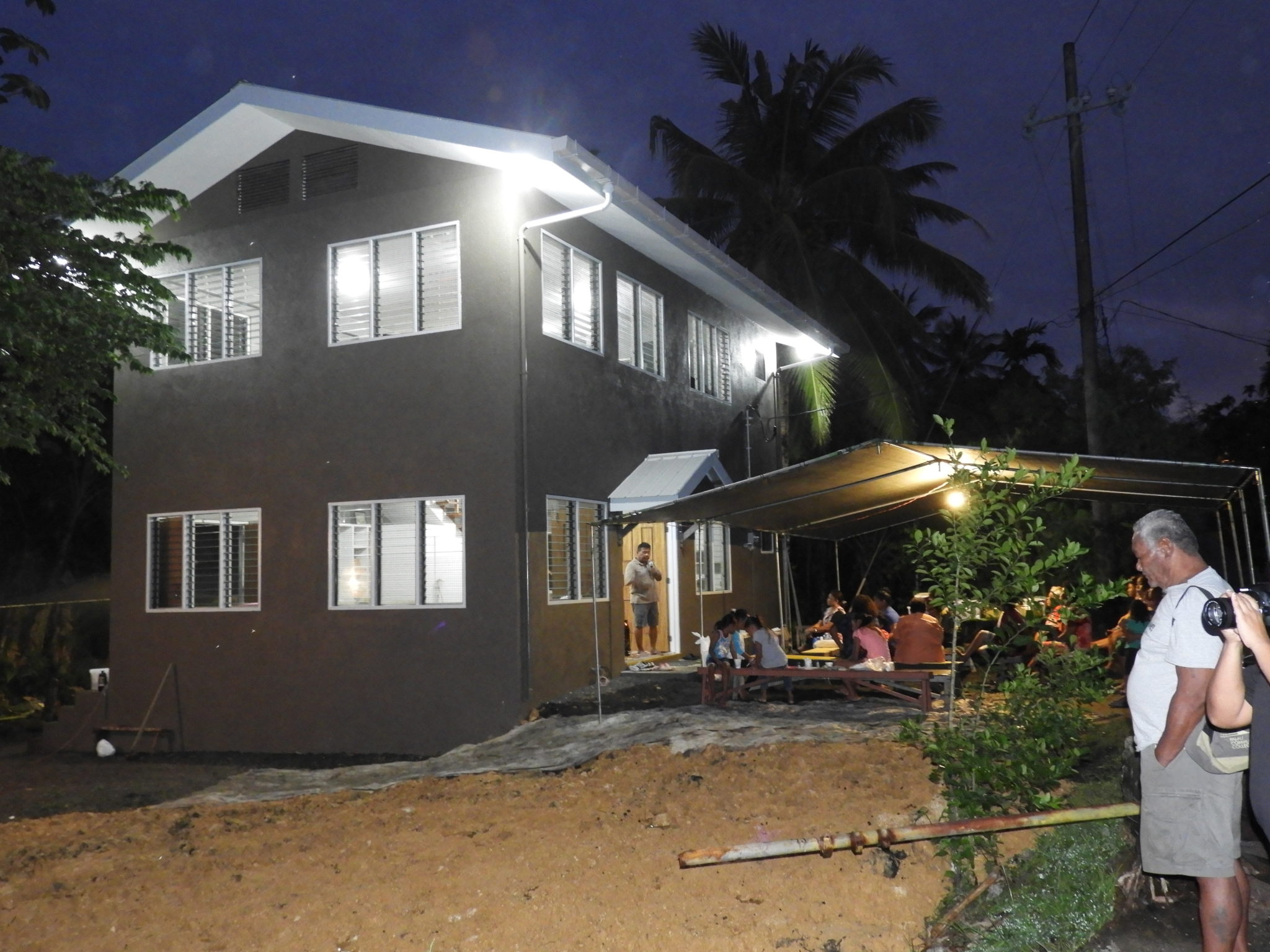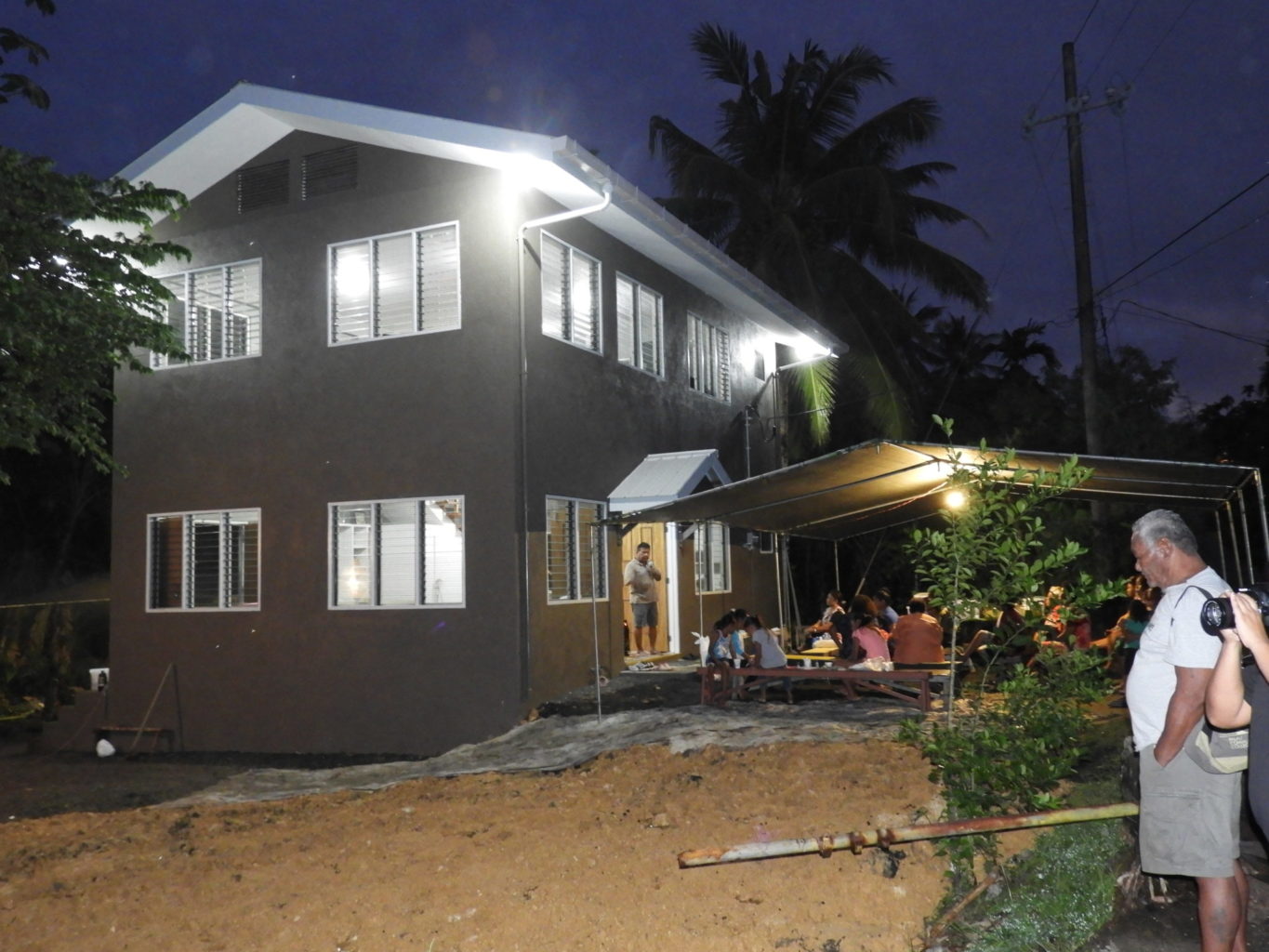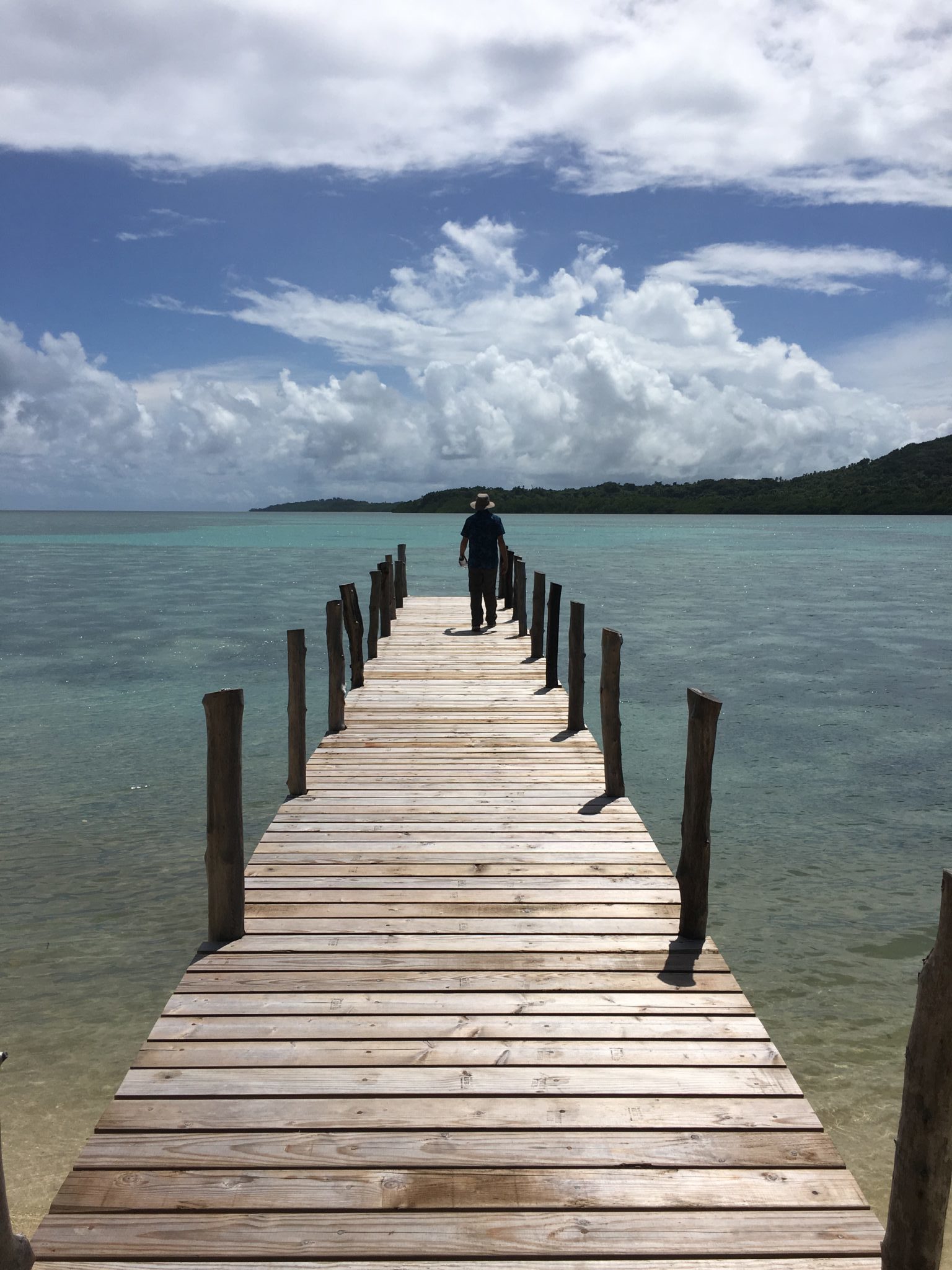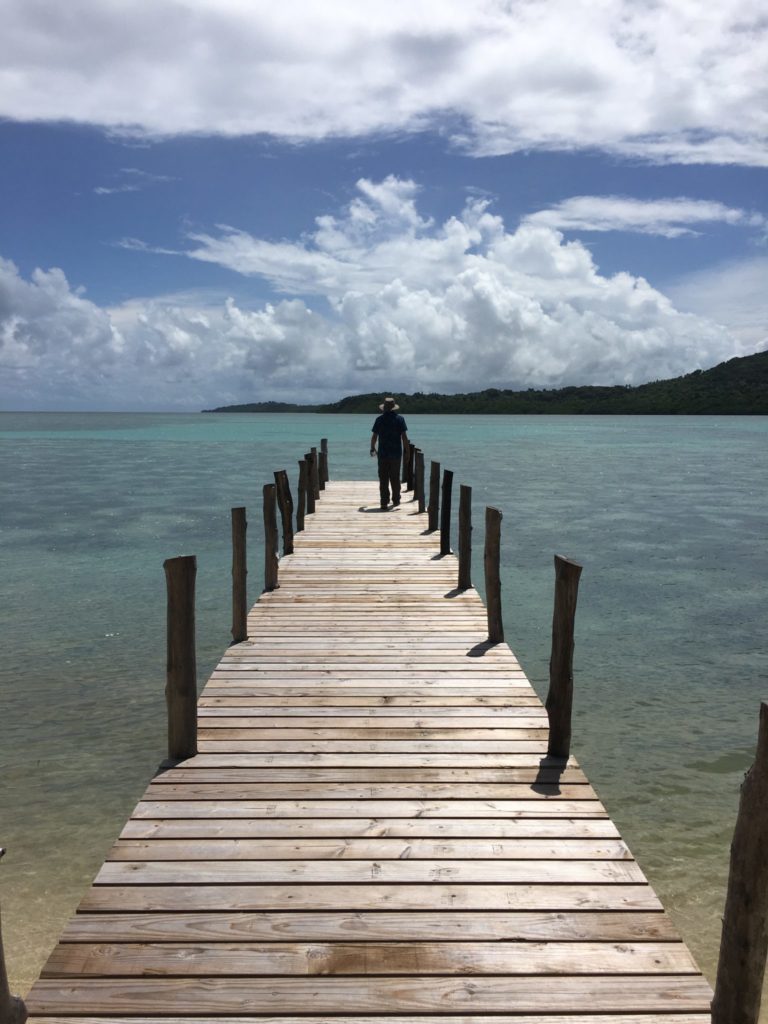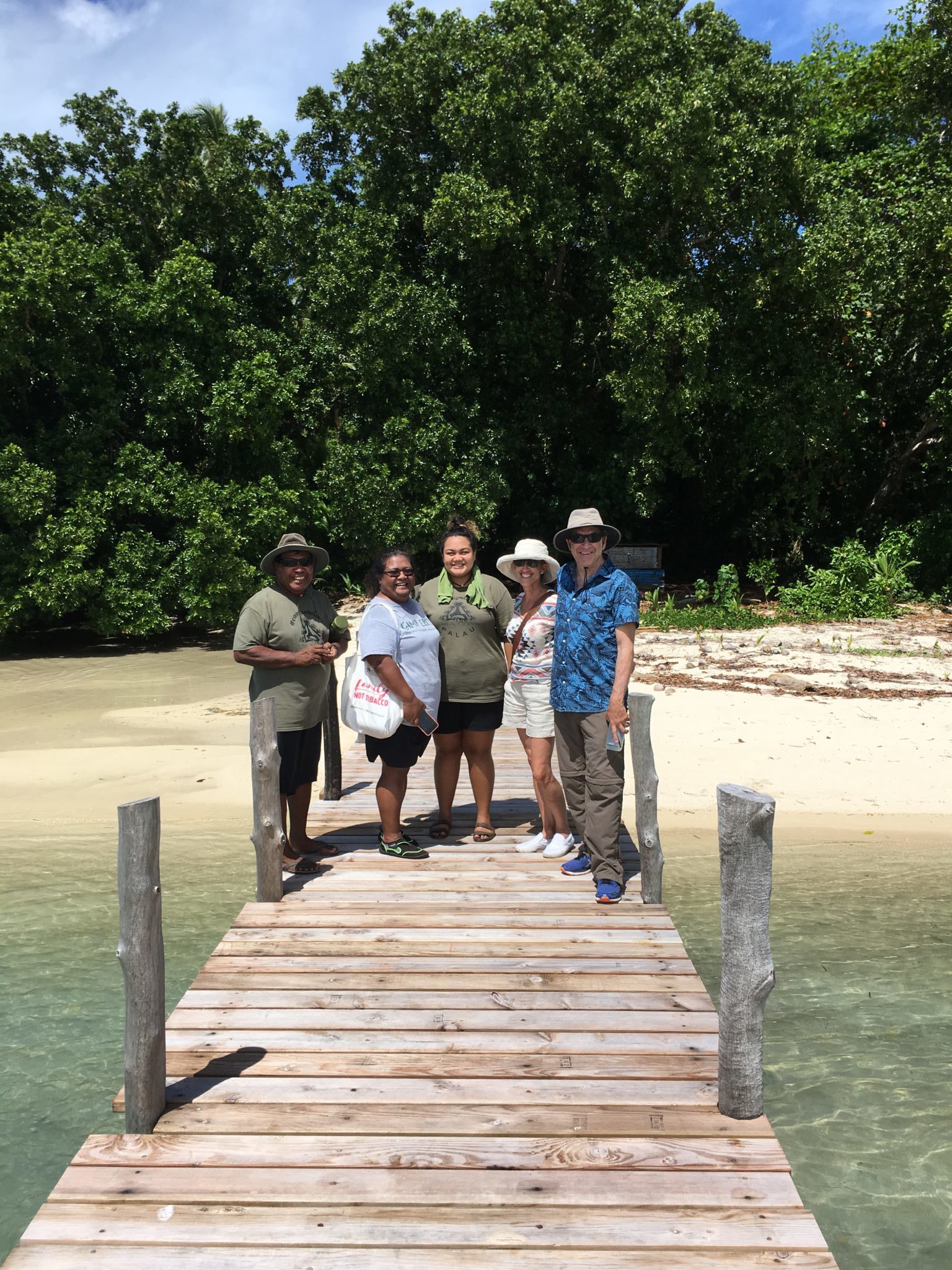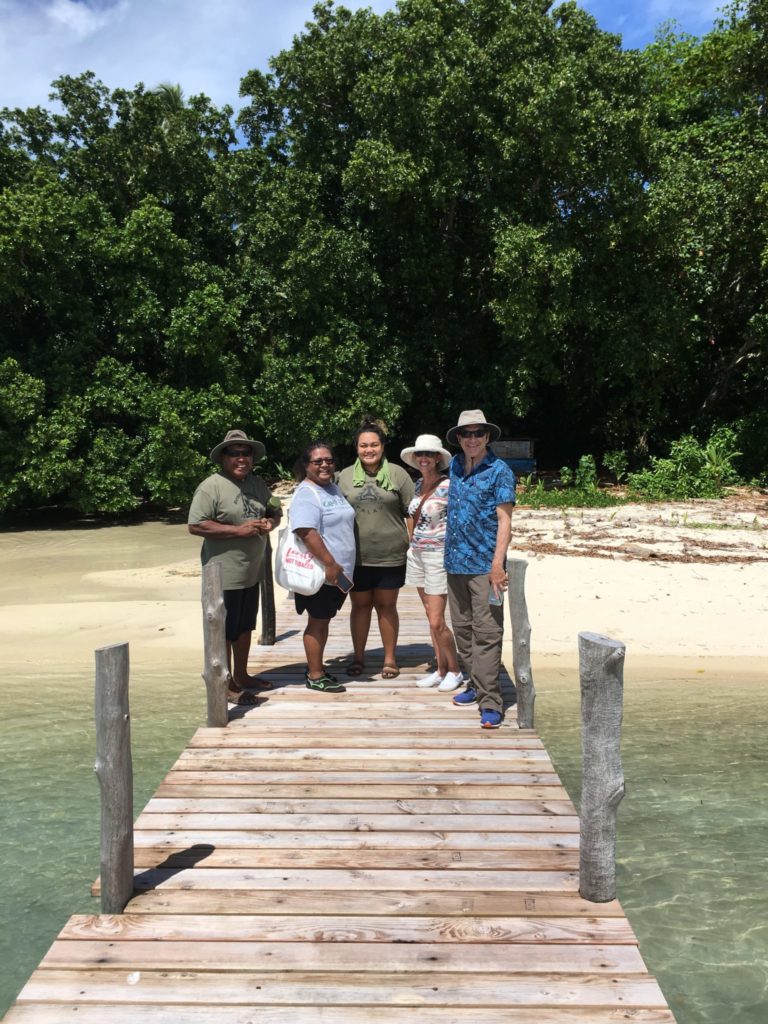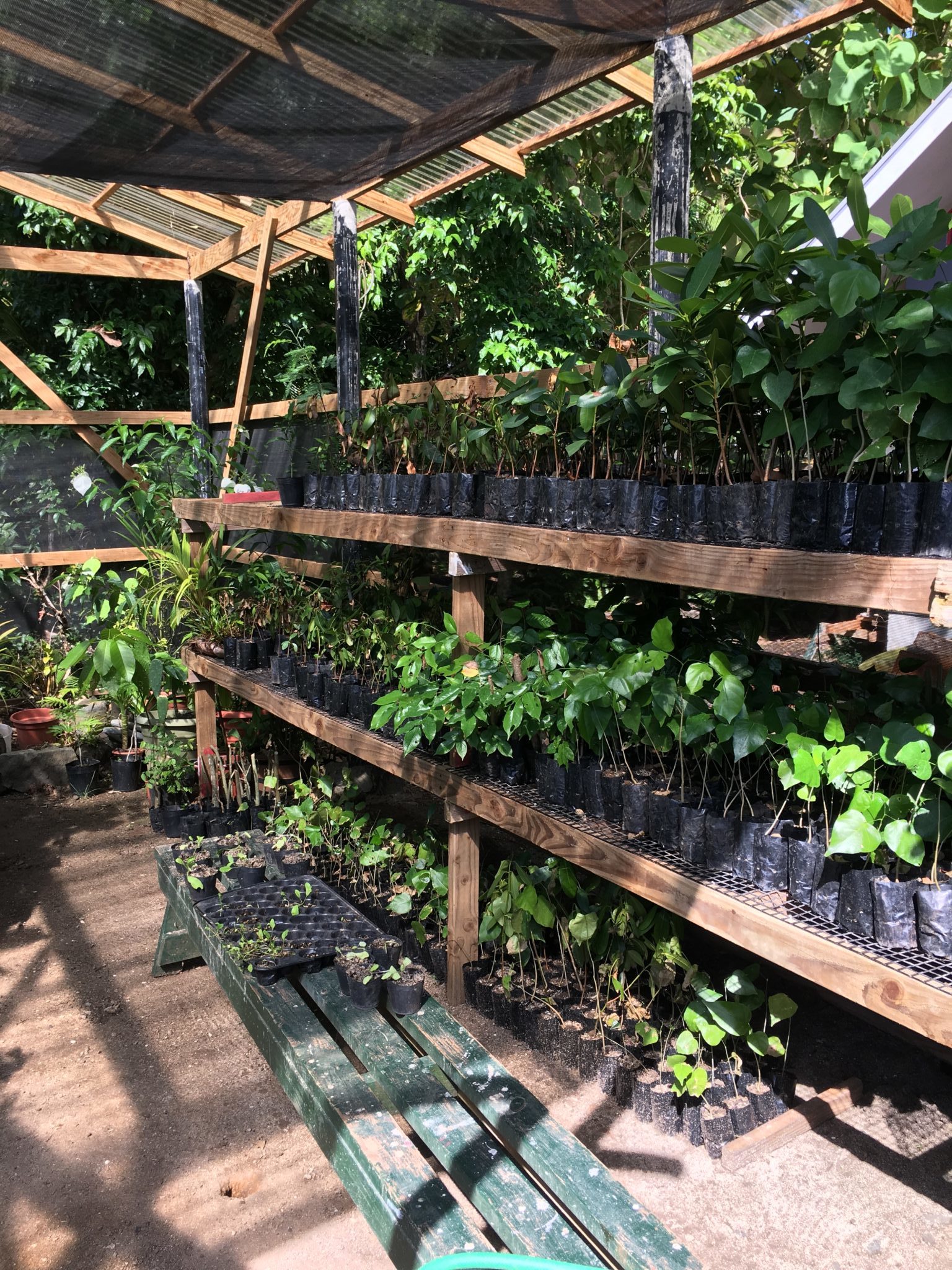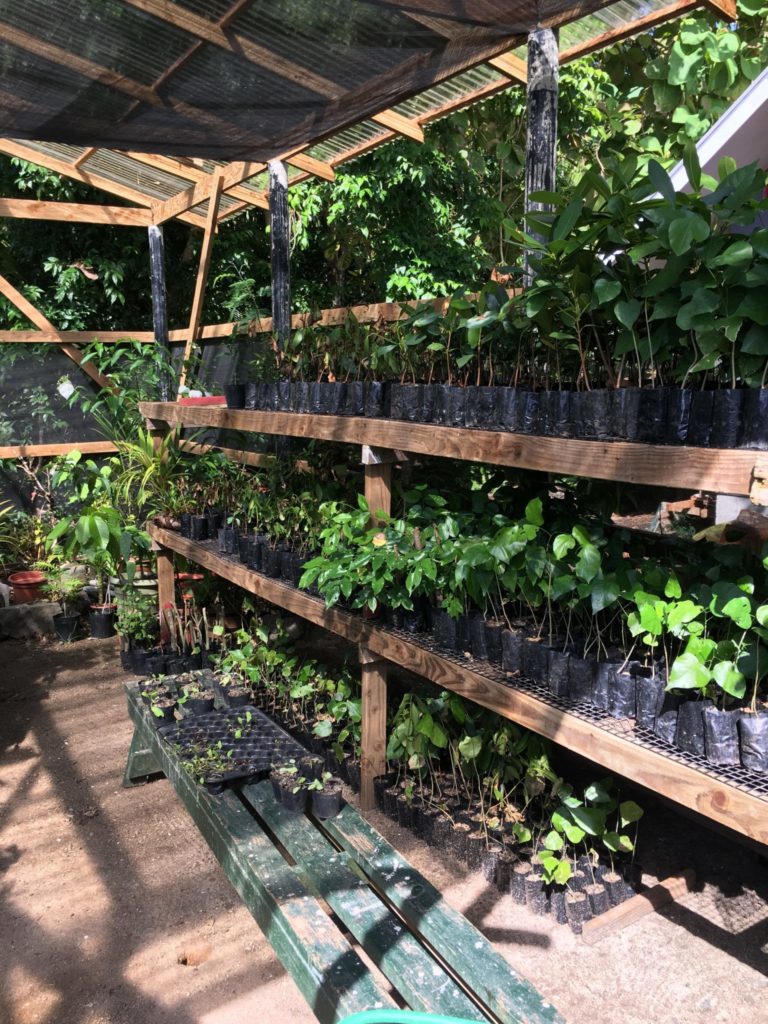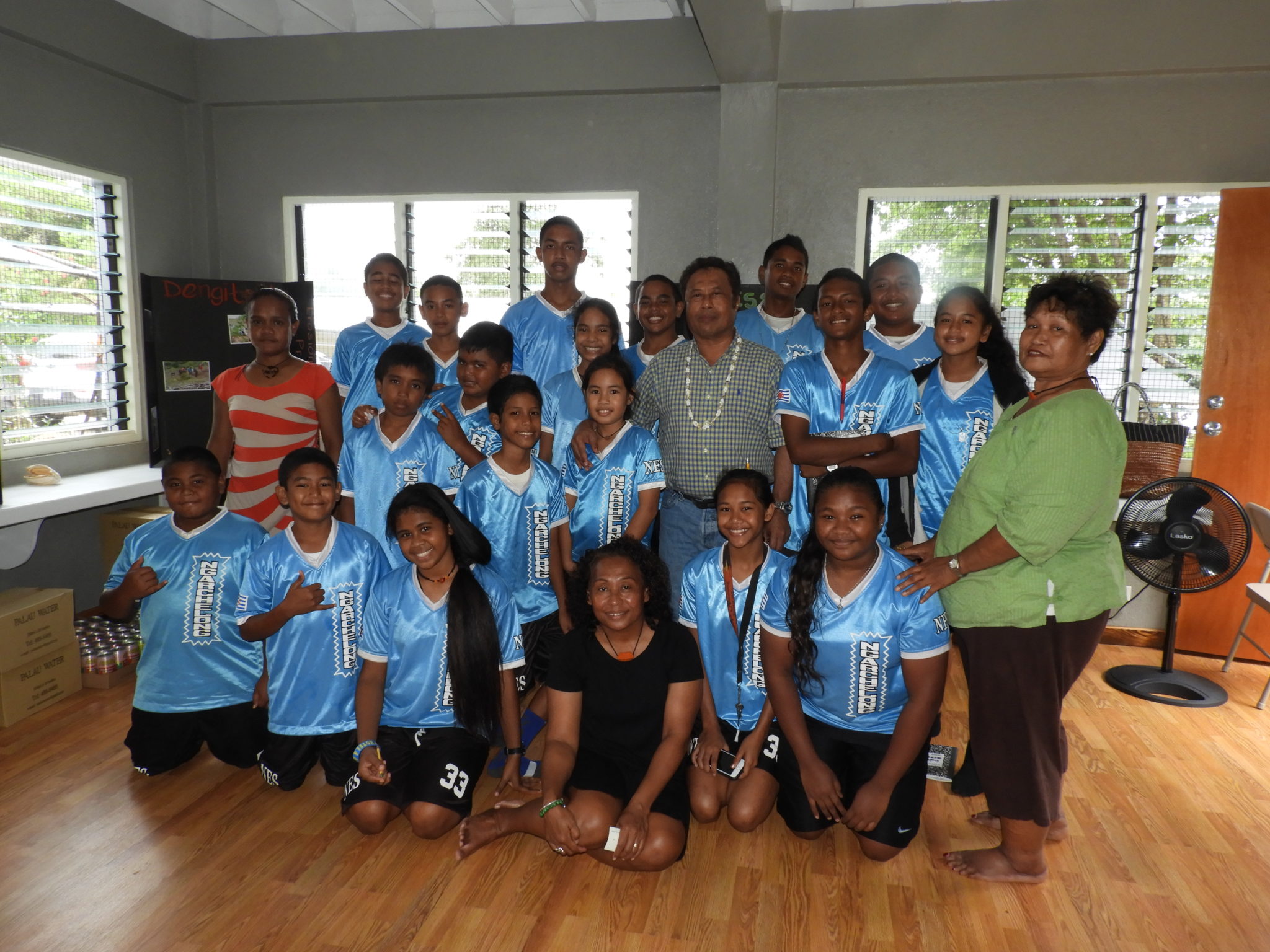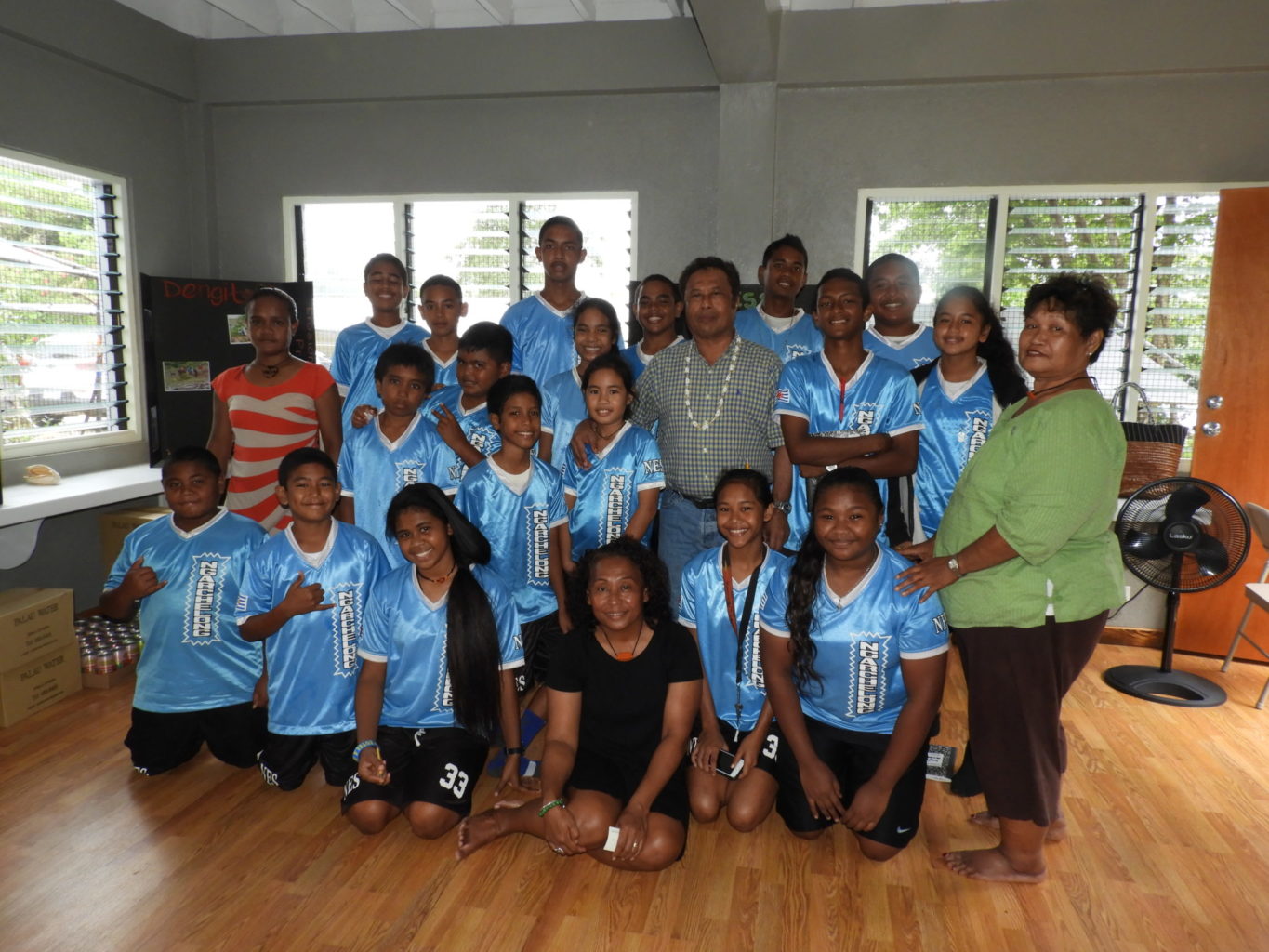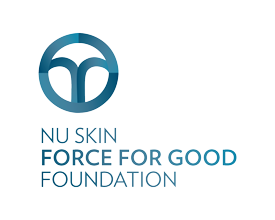The small Micronesian nation of Palau is extraordinarily rich in marine biodiversity. This project will protect Ngerkeklau, an uninhabited 22-acre island just off the northern tip of Palau’s main island, and the waters surrounding it.
Hawksbill and green sea turtles nest on the island. The island is also home to the endangered Micronesian megapode. These unusual birds use their sturdy legs to scrape together big mounds of organic material. Then they incubate their eggs inside, where the decaying vegetation keeps the eggs warm.
But the most ecologically significant creature is the endangered dugong, the manatee’s Pacific cousin, which grazes in the island’s seagrass. Palau has the region’s only population of dugongs. This population is exceptionally vulnerable, for two reasons: It is both small (only a few hundred individuals) and isolated (hundreds of miles from other populations).
Our local nonprofit partner, the Ebiil Society, uses an environmental educational center on the island, training teachers and kids. It limits access to the island to those with valid research or educational objectives. The Seacology grant will be used to build a pier, a small storage facility for field equipment, and a plant nursery. The nursery will aid the reforestation programs Ebiil Society has run since 2013, training women to restore degraded land. The pier will prevent damage to the seagrass beds around the island. Currently, people coming to the island must wade through the seagrass for 50 to 100 meters to get to shore.


